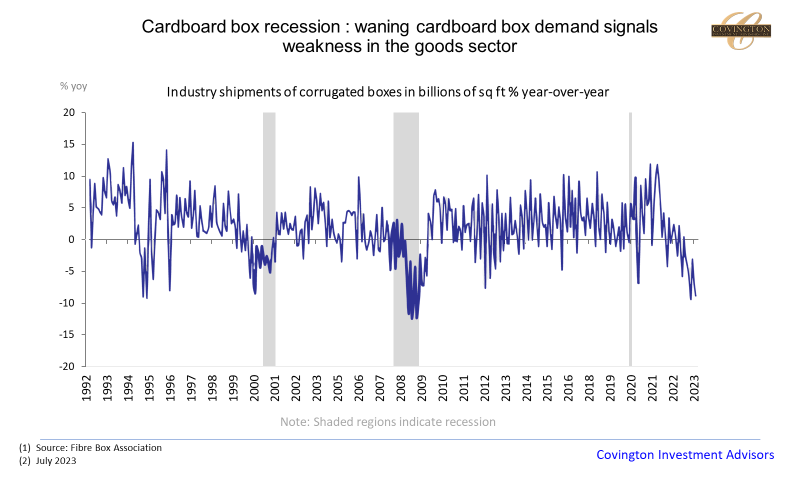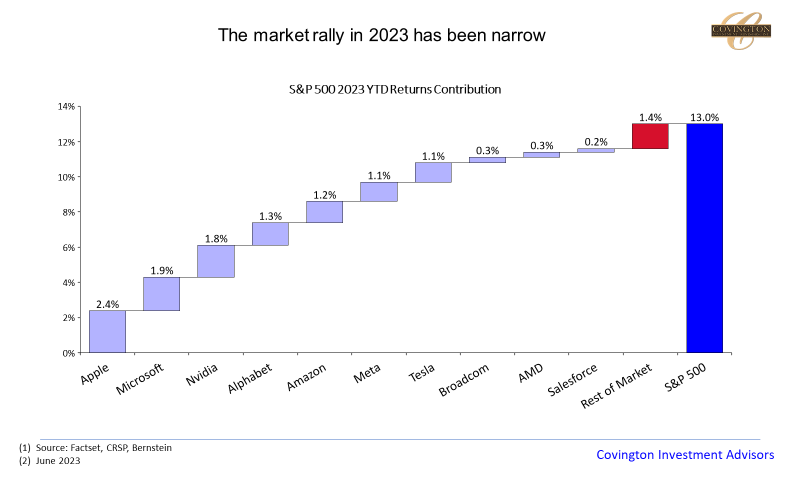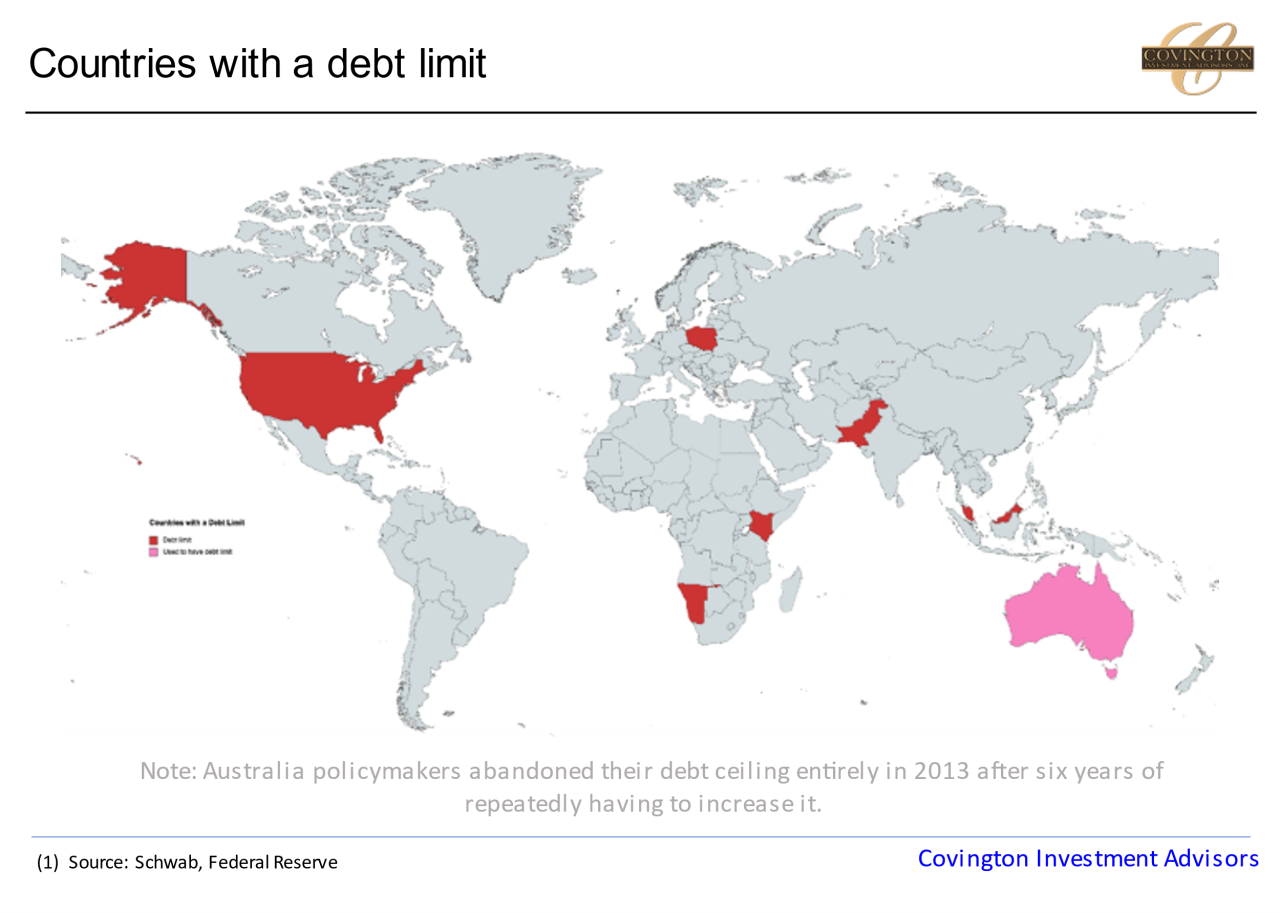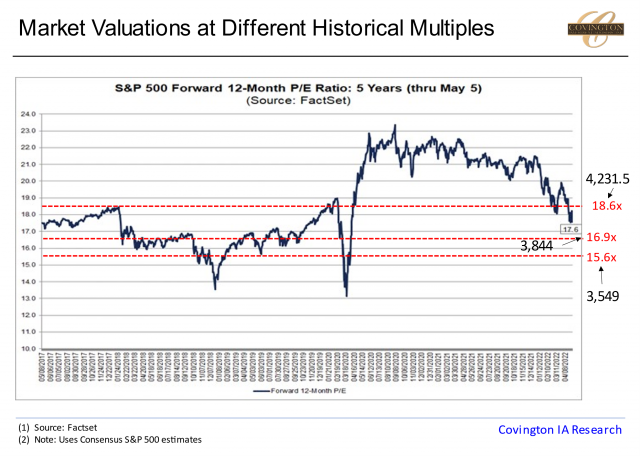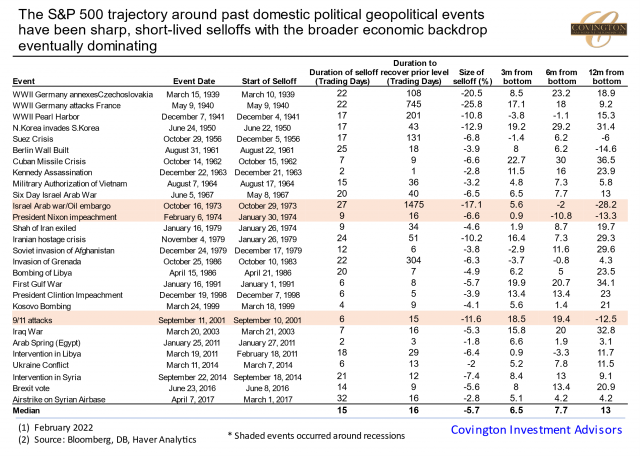I am sure by now you have seen the headlines of the failure of Silicon Valley Bank (SIVB). Our President wrote a letter on Monday (here) touching on the situation but also outlining what we are prepared for as we progress through this broader economic cycle. In this note I want to expand on that letter and give a more specific commentary on what took place at Silicon Valley Bank and how it reached the point of collapse. In this note I focus on SIVB but the same characteristics are shared by Signature Bank (SBNY) and First Republic (FRC) which have also gone under or are under significant stress.
Silicon Valley Bank is a chartered bank in Santa Clara California. In many ways SIVB operated like any normal bank. A classic bank has short-term deposits and long-term assets. Depositors loan their money to the bank for an interest rate payment. That bank then loans that money to fund useful projects that earn a higher interest rate payment (typically in bonds, stocks, loans, mortgage backed securities, etc). As long as the depositors do not withdraw their funds, the bank earns a profit. The deposits are liabilities to the bank and the loans are assets to the bank. All banks also use a fractional reserve system where they only hold a fraction of their deposits in liquid “cash”. The fractional reserve system is often characterized as a sinister system but it’s the main vessel of money creation in our modern economy. The drawback is if enough depositors rush to the bank to withdraw their money at the same time you get a “run on the bank” leading to a collapse of that bank. The FDIC tries to mitigate the risk of this by guaranteeing up to $250k of a depositor's money so as to provide confidence to depositors that their savings will not just vanish. Since Friday the federal government announced protections for depositors at SIVB above the $250K limit. But as can be inferred from this whole dynamic, a bank run can be a self-fulfilling prophecy where if key depositors withdraw their funds from the bank, that can scare other depositors into withdrawing their money ultimately resulting in a state regulator to call in the bank and dissolve it.
So SIVB pretty much followed this typical bank failure model but with some nuance which gives hints as to what is happening to the broader economy. SIVB saw a huge inflow of deposits in the last 3 years as their client base of speculative tech companies have been perhaps the main beneficiary of the fiscal and government stimulus policies. SIVB received this huge inflow of deposits from their technology/VC/crypto clients and they could not figure out how to invest all those funds into high yield assets since rates were so low. Thus, SVB ended up purchasing low-yield, long duration, but relatively safe mortgage backed securities and long term bonds that were intended to be held to maturity (HTM)...




